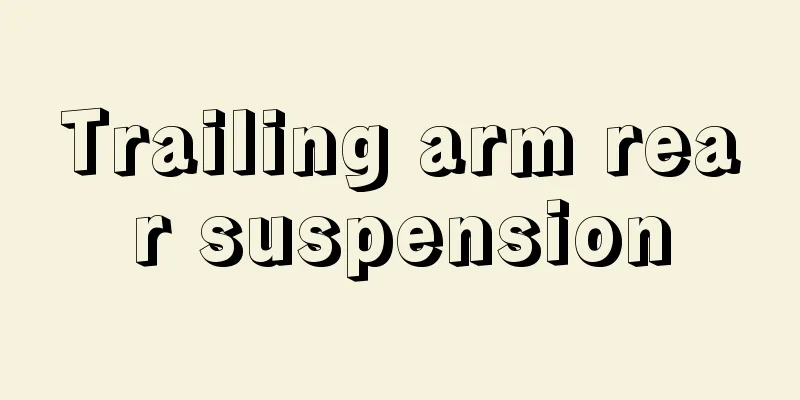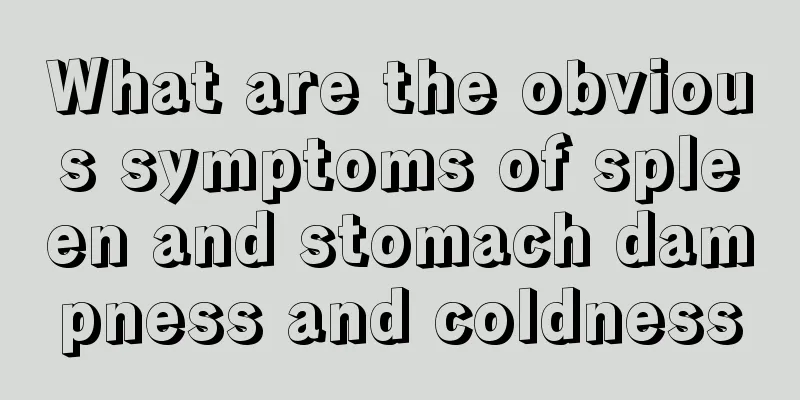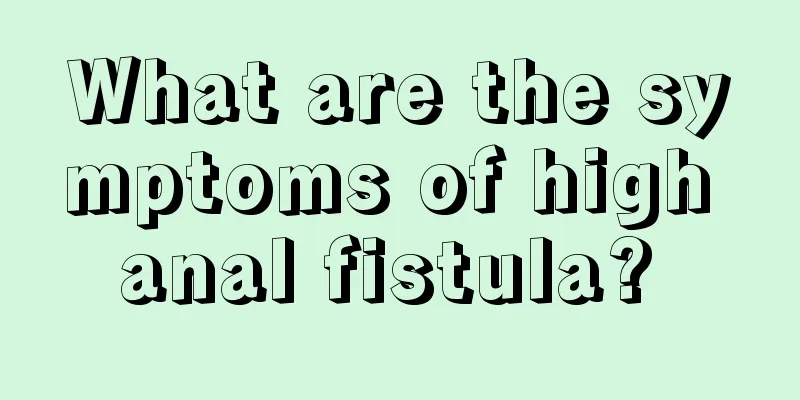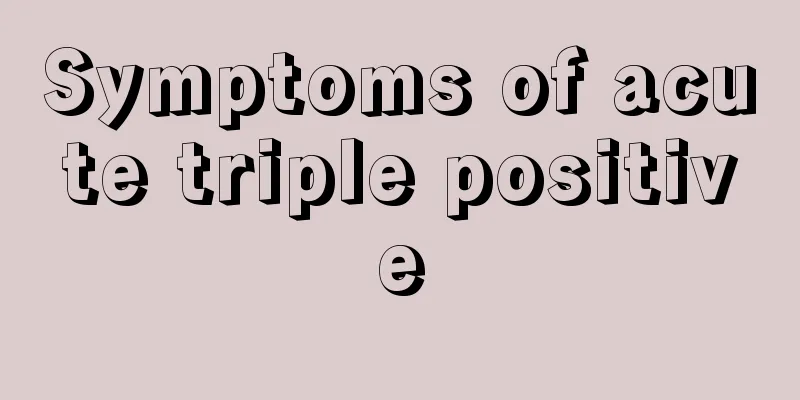Is the effect of interventional treatment for liver cancer good? Three common senses about interventional treatment for liver cancer
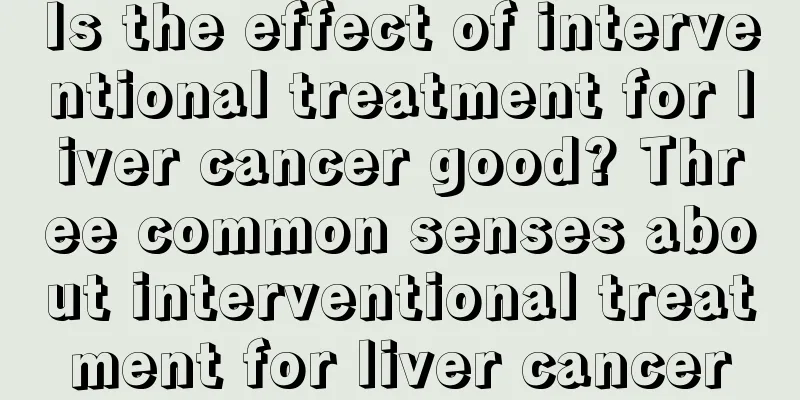
|
Interventional treatment of liver cancer is actually also a treatment method for liver cancer. However, we all know that because the risk of liver cancer is very serious, we must pay attention to the doctor's treatment advice when choosing any treatment method. 1. In liver cancer, vascular interventional treatment mainly includes selective hepatic artery perfusion therapy, selective hepatic artery embolization, and selective hepatic artery chemoembolization. Its main physiological basis is that 20%-25% of the blood supply of normal liver cells comes from the hepatic artery, and 75%-85% comes from the portal vein. While 90%-95% of the blood supply of primary liver cancer comes from the hepatic artery, which provides an anatomical basis for vascular interventional treatment of liver cancer tumors. The specific technical methods of the three are the same, that is, a small incision of about 3-5mm is punctured on the skin, a catheter is inserted from the artery to the liver cancer blood supply artery, and then the drug is administered through the catheter. The difference lies in the different drugs given. 2. TAI treatment The drug is infused into the artery through a catheter at a dose equal to or less than that of intravenous administration. This can increase the local drug concentration in the target cells and prolong the contact time between the drug and the lesion, and reduce the total drug dose in the body, so as to achieve the purpose of improving the efficacy and reducing side effects. Chemotherapy drugs are commonly used. The efficacy of chemotherapy drugs is positively correlated with the effective blood concentration of the drug at the tumor site and the contact time between the drug and the tumor. 3. TAE The embolic agent is selectively injected into the tumor blood vessels and tumor blood supply arteries through a catheter to block the tumor blood supply and block the tumor vascular bed, thereby inhibiting tumor growth. This is equivalent to "starving" the tumor to death. Commonly used embolic agents include gelatin sponge, super-liquidized iodized oil, sodium alginate microspheres, etc. Transcatheter arterial chemoembolization (TACE) is a method of administering both chemotherapy drugs and embolic agents through a catheter, destroying the tumor in two ways. |
Recommend
Nursing methods for preauricular fistula drainage
Some patients are troubled by preauricular fistul...
Axillary chest pain
If you have pain on the side of your chest under ...
Heart rate while sleeping
Most people will find that when we enter deep sle...
What medicine should I take for gonorrhea? Introduction to treatment methods
If gonorrhea is without complications, the medica...
What kind of exercises should people with prostate cancer do? Avoid too strenuous movements
Prostate cancer is a malignant reproductive tumor...
There are black scabs on the nipples
Black scabs on the nipples may be caused by local...
Which one is more serious, bacterial or viral, and how to treat it
Diseases caused by bacteria and viruses are relat...
What to do if orthodontic treatment causes crooked jaw
Some people have malocclusion, while others may h...
How to make fried meatballs
A dish that is often seen in many hotels is four-...
Allergic acne
Acne is the biggest enemy in today's society....
What to do if straw mushrooms taste bitter
Straw mushrooms are also a kind of fungus. They h...
Why does my stomach hurt when I drink Coke?
Coke is a common drink. Many people like to drink...
Spread and metastasis of lung cancer
The growth rate, spread and metastasis of lung ca...
How long can you keep expressed breast milk before drinking it? How should you store it correctly?
Nowadays, the average maternity leave is within t...
What causes bone cancer
In recent years, bone cancer has become one of th...
